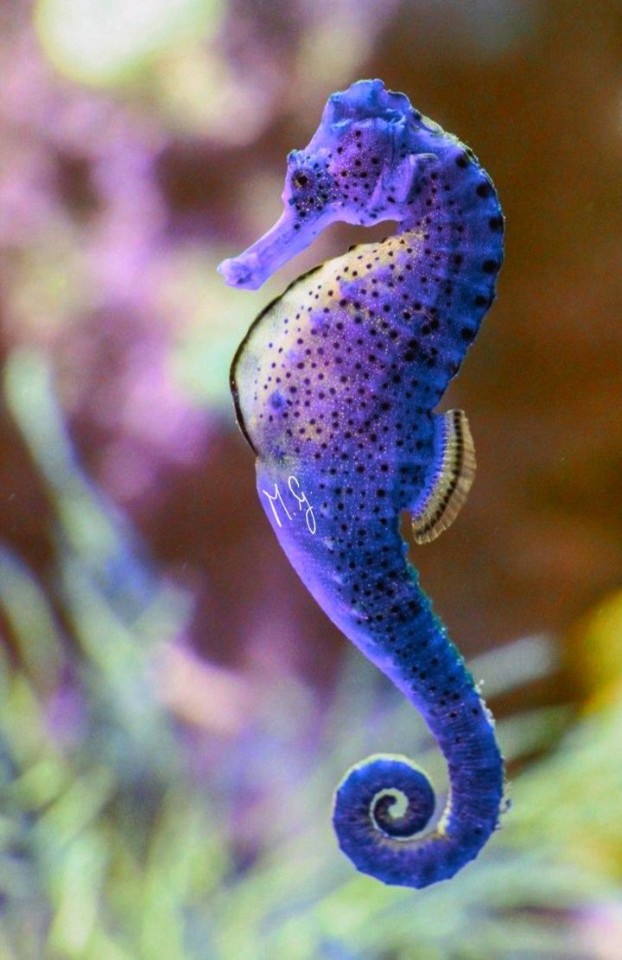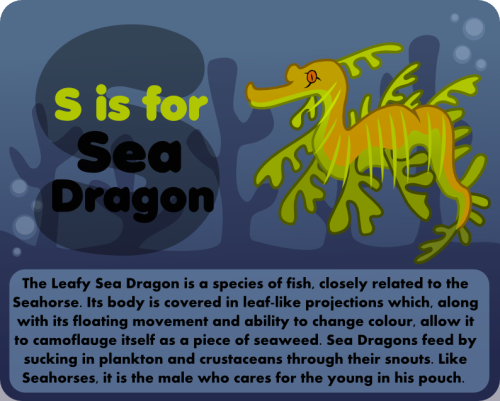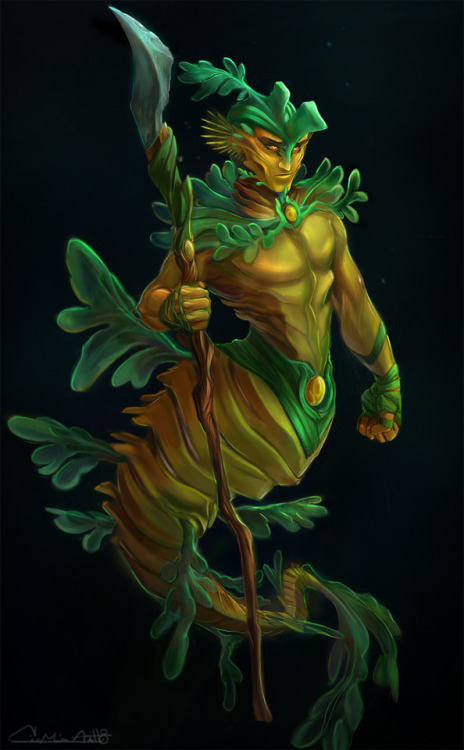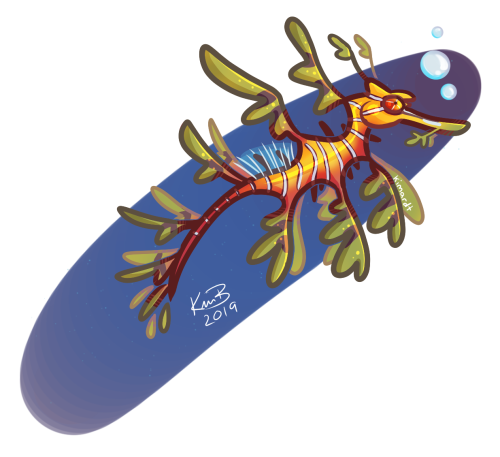#leafy sea dragon
Here is my completed “Amazing, Beautiful Creatures” project as an A2 wall chart!
There may be as many as nine million different species of animal on Earth, and yet many of the most interesting and beautiful creatures get overlooked in favour of those more familiar too us. This is my attempt to introduce some of the less well known ones, although there were many more that I would have liked to have included. I hope that most people will learn a fact or two!
Sadly, many of the creatures I’ve covered, such as the Dugong, Gharial,and the Leatherback Turtle are all threatened with extinction. Hopefully by learning more about these creatures we can help prevent this from happening.
Hope you enjoy, I have learnt a lot making it.
Super high resolution version.
Post link
Common Facts:
Scientific name –Phycodurus eques
Size – Up to 16 inches long
Diet – Krill, mysids, sea lice
Range – South and Western Australia
If you were scuba diving along the rocky reefs of Southern and Western Australia, you might never spot one of the beautiful Leafy sea dragon! For a couple of different reasons. First, these fish are rare. And second, they are camouflaged to blend in perfectly with the seaweeds and seagrass around them!
Leafy sea dragons are related to sea horses, and have a similar body type—except they don’t use their tail to grip things like sea horses do. And they have some extra frills that seahorses do not. “Sea dragons are some of the most ornately camouflaged creatures on the planet. Adorned with gossamer, leaf-shaped appendages over their entire bodies, they are perfectly outfitted to blend in with the seaweed and kelp formations they live amongst.”
Leafy sea dragons have small dorsal and pectoral fins that they use to awkwardly swim through the water. Although a lot of the time, they enjoy just letting the current carry them, like the seaweed they are mimicking.
Something interesting about Leafy sea dragons is that the males are the ones that do the child-bearing! The females deposit their eggs on a brood patch the males have on the underside of their tails. The eggs are fertilized in this process, and then the males carry them for 4-6 weeks until they hatch. Luckily for the parents, the work is then done. Baby sea dragons are independent from birth.
Due to their excellent camouflaging skills, Leafy sea dragons have very few predators, outside of humans. Humans love to catch them and keep them as pets because they are such beautiful creatures. Australia currently has a ban on hunting/fishing/disturbing Leafy sea dragons in the hopes that their numbers will increase.
Sources:
http://www.montereybayaquarium.org/animal-guide/fishes/leafy-sea-dragon
http://animals.nationalgeographic.com/animals/fish/sea-dragon/
Written by: Kari Shirley, intern
Meet the Leafy Sea Dragon–the expert at camouflage! Common Facts: Scientific name -Phycodurus eques Size - Up to 16 inches long Diet - Krill, mysids, sea lice…
The Leafy Seadragon makes for the prettiest piece of floating seaweed in all the ocean. To keep up this illusion, its body and leafy protrusions stay rigid while almost invisile pectoral and dorsal fins do all the work of moving. Sadly, being this cool comes with a price: it’s sought after by collectors and used in alternative medicine. Its otherwise wonderful specialisations make it vulnerable to natural influences as well, like washing up on shore since it’s a slow swimmer and can’t curl its tail to hold on to seagrass like its seahorse relatives. Despite all this and thanks to conservation efforts, though, leafy seadragons are still kicking and will hopefully continue to do so for a long long time!






some of the cutest creatures ever created <3

Fresh and Salty









